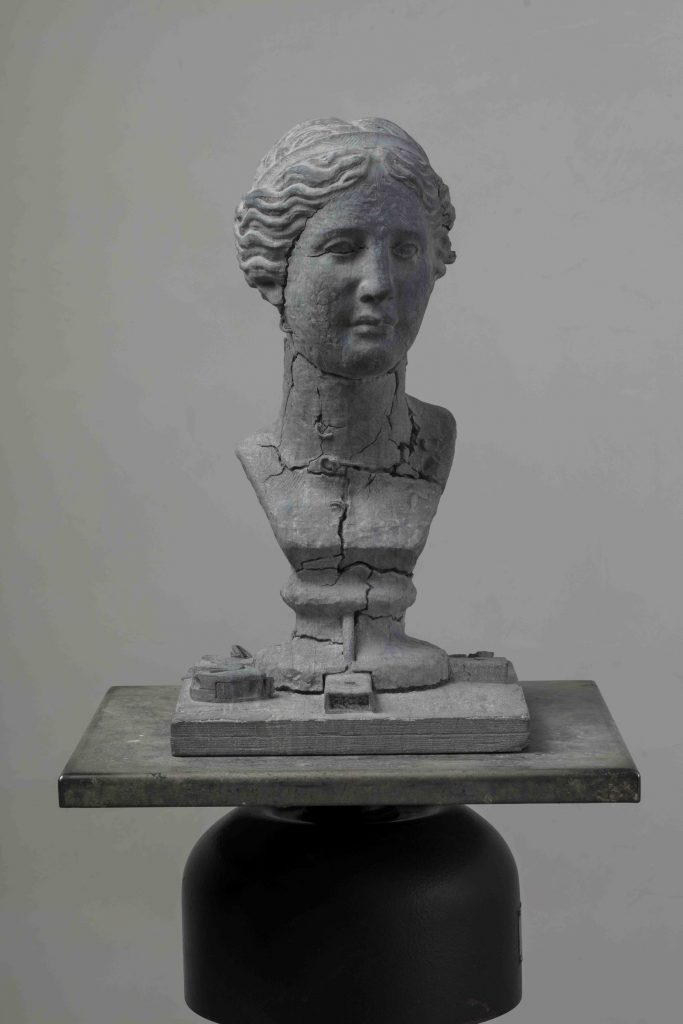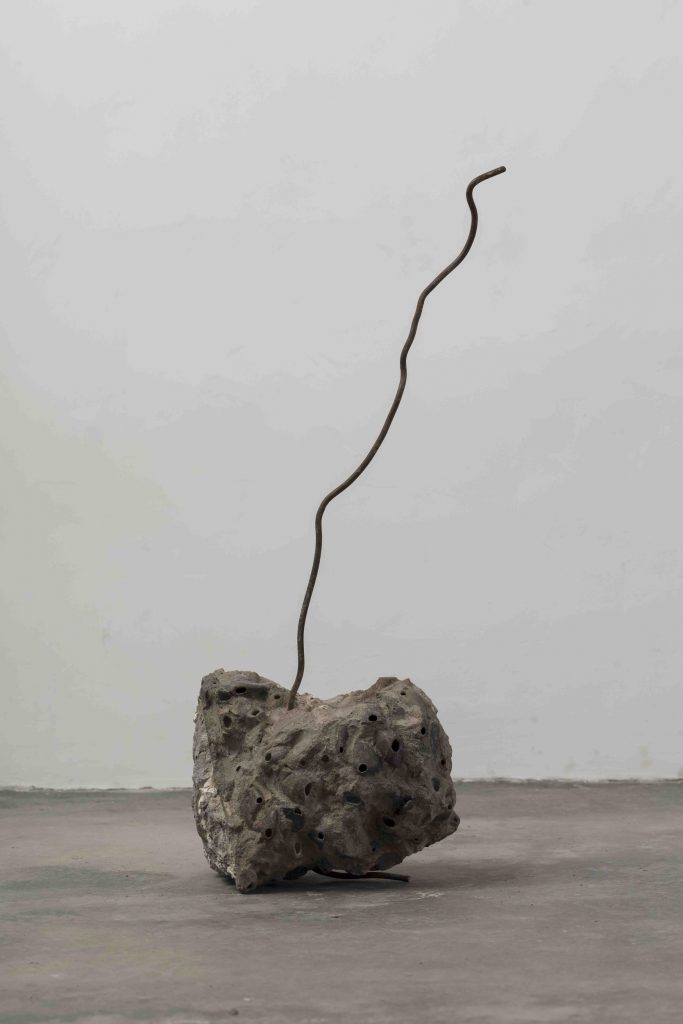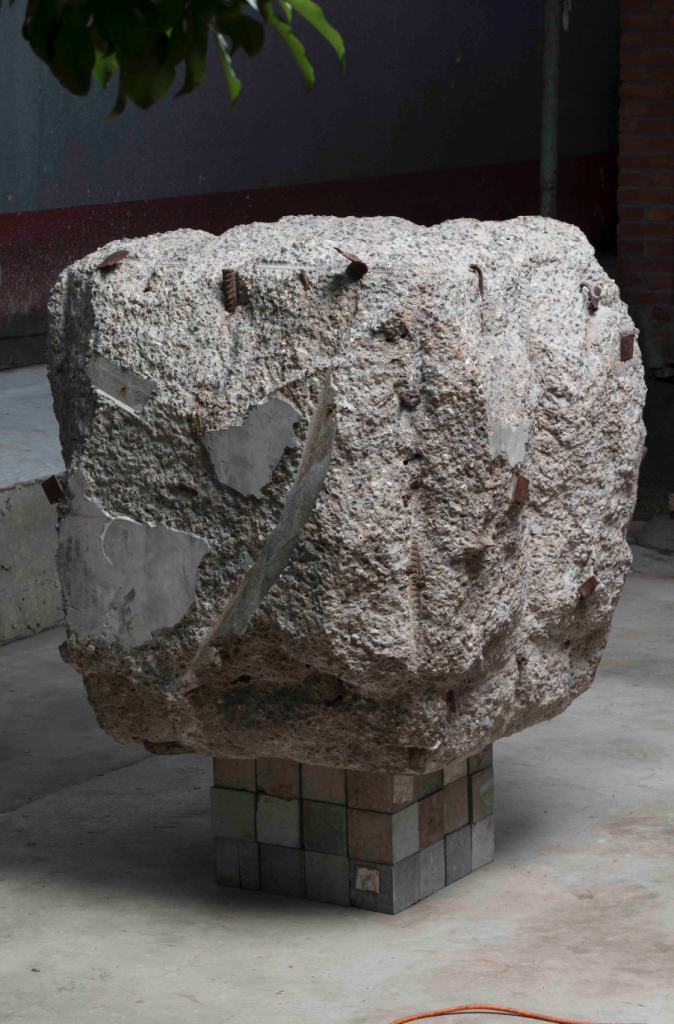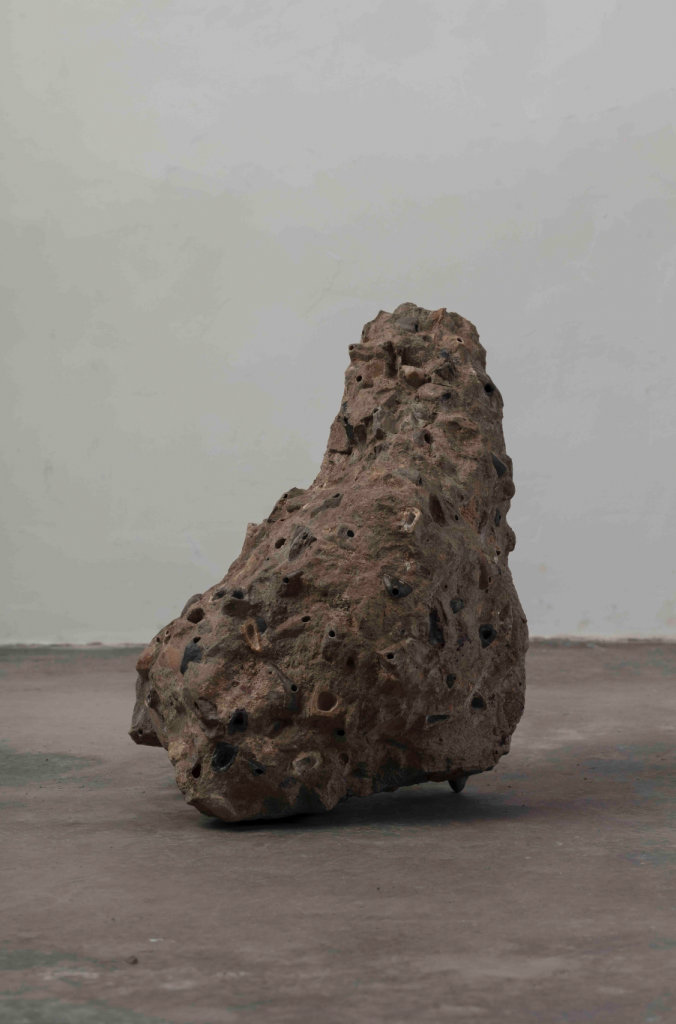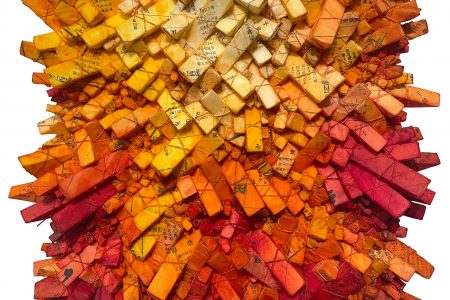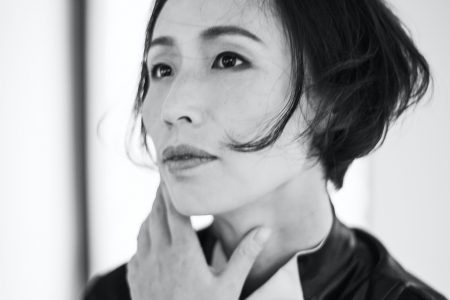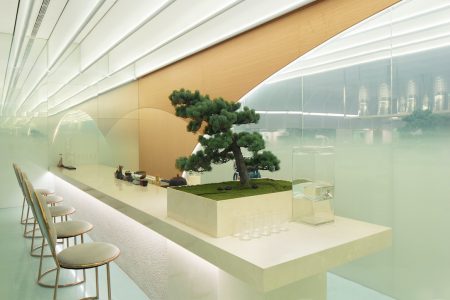
Song Hongquan’s Underground
Chinese stone carver Song Hongquan reflects on changes in his professional and personal life by presenting three series of works that lay bare disintegrating sculptural traditions, unstable environments and controversial practices.
Growing up in rural China, Song Hongquan’s innate practice is one that has undoubtedly been shaped by the environment and people he grew up with. Never having received any formal instruction of any kind in stone carving, Hongquan says he learnt his methodology by simply watching his father, a noted stone carver, and other carvers situated in the most celebrated stone-carving district of China: Quyang County (a district which has been recognised for its marble, granite and jade).
His newest exhibition, ‘Underground’ (at Chambers Fine Art in Beijing) reflects on changes in Song’s professional and personal life, as he presents three groups of his work that are divergent in thematic content as well as technique. These groups are: Re-sculpting (2017-2019), Spirit Eye Cave and Ten Meters of Mountains (2019) and Neolithic – Gynecological Surgical Tools (2019).
Having said that, the themes and processes used in these groups compliment and start a dialogue with each other. Within Re-Sculpting, the theme the theme of the disintegration of Western traditions in sculpture is introduces through Song’s meticulously carved bluestone replicas of abandoned and disintegrating copies of landmarks of Western sculpture (such as Michelangelo’s David, Houdon’s bust of Voltaire and the Roman bust of Agrippa). This interpretation is complimented by the works titled Spirit Eye Cave and Ten Meters of Mountains through their focus on the disintegration of the environment through Song’s use of debris taken from demolished buildings near his studio or his arrangement of hallowed out pieces of granite that echoes the celebrated Song Dynasty painting by Wang Ximeng called One Thousand Li of Rivers and Mountains in a manner that is suggestive of the negative impact of mining on the environment throughout China. In Neolithic – Gynecological Surgical Tools there is a combination of the first two works through its use of replication as well as commentary on pressing contemporary issues. Here, Song creates replicas of surgical implements that can be used not only in benign procedures but also in abortions necessitated by the Chinese “one child policy” as well as dangerous back street abortions.
Song is an unusual practitioner amongst contemporary sculptors because of his use of traditional skills to refer obliquely to aspects of the development of sculpture over hundreds of years, and on irreversible changes in Chinese society.
The exhibition, titled ‘Underground’, will be on view at Chambers Fine Art Beijing until August 12, 2019.
Cover Photo: Re-sculpting – Agrippa 再塑–阿格里巴, 2019, Celestine 青石, 47 x 30 x 30 cm (18 1/2 x 11 3/4 x 11 3/4 in)
